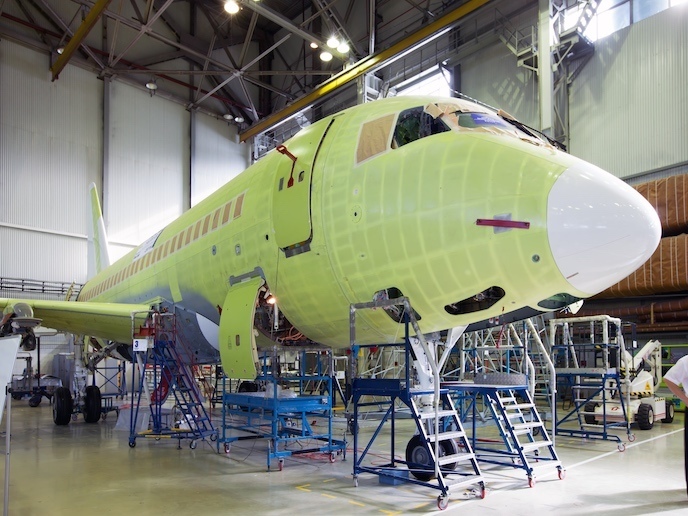Virtual components offer a way to test real aircraft
Taking to the air in years to come will be a new generation of ‘more electric aircraft’ (MEA)(opens in new window) – planes which still run on fossil fuels, but which use electricity to power far more of their systems. This will result in reduced weight and lower fuel use, leading to greater efficiency with fewer emissions.
Mathematical models
Understanding how those systems will operate together is challenging. The EU-funded AEMS-IdFit(opens in new window) project was carried out to generate accurate models of electric and electronic components to simulate the behaviour of these components in prototype aircraft. “To analyse behaviour of a projected aircraft, you have to check the behaviour of all the components together,” explains project coordinator Jordi Riba. “It’s impossible to test this physically, but if you have accurate mathematical models, you can be assured that the simulation is very close to real behaviour.” While theoretically components should operate as described, the architecture of the physical electronics as well as real world conditions – such as low pressure, freezing temperatures and vibrations – can have an effect on their behaviour.
Black box
“The problem faced by manufacturers is that when buying a power converter(opens in new window) for example, sometimes the components inside and the exact architecture aren’t known. So it’s difficult to predict behaviour,” says Riba. “The converter has physical components but also parasitic components(opens in new window) which are not labelled as such in the specifications, but appear as a result of high frequencies or electronic noise.” In addition, some manufacturers refuse to divulge the contents and architecture of their components to protect their trade secrets – what Riba refers to as “black box” hardware. Yet the team was still able to generate models of these components, even though they could not know what was inside. To build these models, Riba and his team at the Polytechnic University of Catalonia(opens in new window) took components and subjected them to close scrutiny in the laboratory, measuring their inputs and outputs across a range of values and conditions. Machine learning algorithms were then used to build virtual components based on this data.
Providing continuity
These models are now in the hands of project partner Airbus(opens in new window), which will use them for the design of new aircraft. The work was supported by the EU Horizon 2020 programme. “We could not have done this without the funding, it would have been impossible,” adds Riba. “For us this funding was very important, we have been working on this project for three years, and this has given continuity to the project.” While the project is officially complete, Riba says the team are still working to generate models of black and white box components for industry use. Passengers on the next generation of aircraft will travel safe in the knowledge that long before they take to the sky, the plane will have already flown through virtual space on Riba’s computers.







